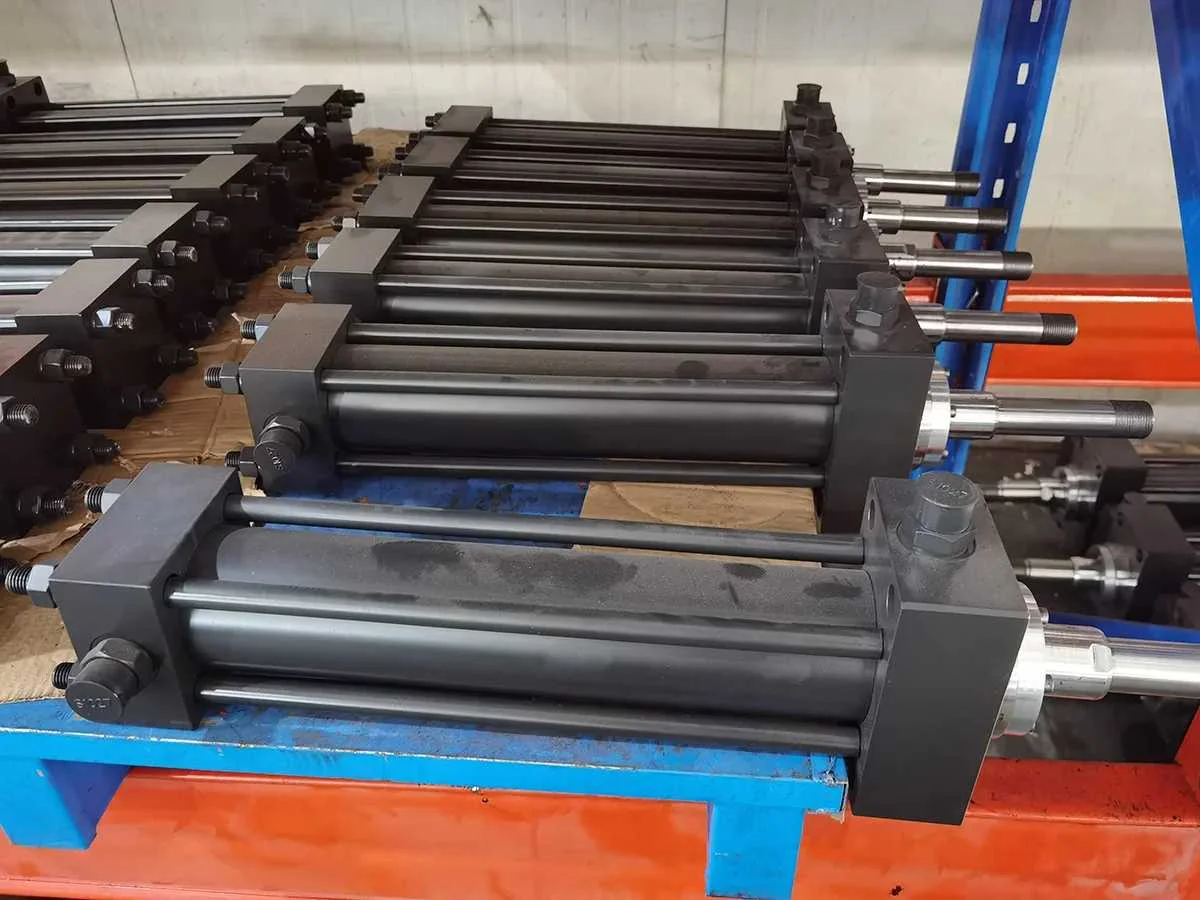In the hydraulic system, the rod cylinder, as a common actuator, undertakes the important task of converting hydraulic energy into mechanical energy. However, when choosing a suitable tie rod cylinder, we need to consider multiple factors, including working conditions, load requirements, environmental restrictions, etc. This article will provide you with a comprehensive tie rod cylinder selection guide to help you choose the power source that suits your needs.

Step One: Understand Working Conditions
Before selecting, you first need to understand your working conditions. This includes working pressure, working temperature, working medium, etc. Different working conditions have different requirements for the selection of tie rod cylinders. For example, high-temperature environments may require tie rod cylinders with high-temperature seals, while corrosive media require corrosion-resistant materials.
Step Two: Determine Load Requirements
Load requirements are one of the key factors in selecting a tie rod cylinder. You need to determine the required parameters such as push force, pull force, speed, and acceleration. These parameters will determine your desired cylinder size, rod diameter, and seal selection. At the same time, the stability and accuracy requirements of the load also need to be considered to ensure that the tie rod cylinder can meet your application needs.
Step Three: Consider Environmental Constraints
Environmental restrictions include space restrictions, installation methods, protection, etc. You will need to measure the dimensions of the available space to ensure that the tie rod cylinder you select will fit your equipment or system. In addition, the installation method also needs to be considered, such as horizontal installation, vertical installation, or tilted installation, etc. For special environments, such as high humidity, corrosive gases, or explosion hazard areas, you also need to choose the corresponding protection level and materials.
Step Four: Choose Appropriate Materials
The material selection of tie rod cylinder has an important impact on its performance and life. Common materials include aluminum alloy, steel, stainless steel, etc. You need to choose the right material based on the working conditions and load requirements. For example, for high-temperature environments, stainless steel may be more suitable, while for high-strength requirements, steel may be more suitable.
Step Five: Consider Accessories and Accessories
During the selection process, you also need to consider the selection of accessories and accessories. This includes connections, sensors, protective covers, etc. You need to make sure these attachments and accessories are compatible with the tie rod cylinder you choose and can meet the needs of your application.
Choosing a tie rod cylinder that suits your needs is a critical step in ensuring the proper functioning of your hydraulic system. Through the selection guide provided in this article, you can choose the most suitable tie rod cylinder according to your engineering needs. Remember, factors such as load capacity, working environment, working speed, working pressure, and working temperature should be considered during the selection process, and a cylinder with an appropriate safety factor should be selected.
https://www.toringcylinder.com/Choosing-the-right-tie-rod-cylinder-the-perfect-match-for-your-engineering-need.html













